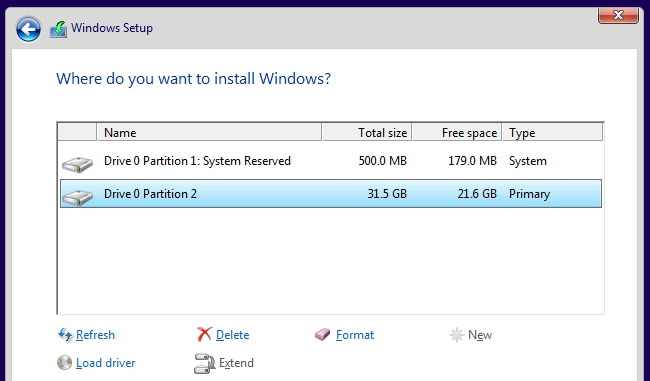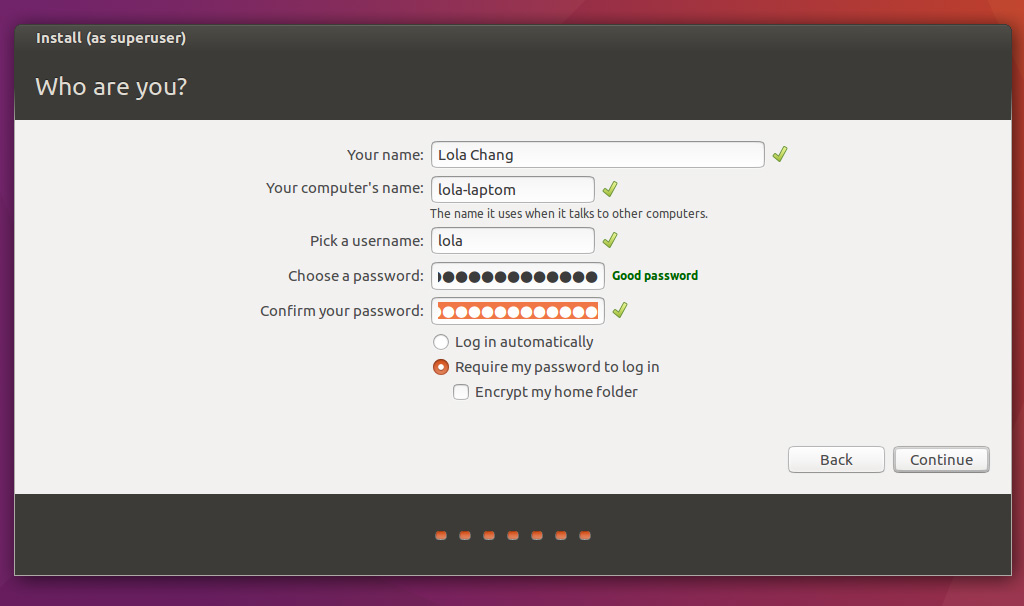The
operating system is the base software that the computer runs that allows
you to use and interact with it. For custom built computers, these
include Microsoft Windows and Linux. The latest version of
Microsoft Windows is Windows 10 and it costs around $100.00. If
your finished computer has an Optical drive, you can purchase this
Disc If your finished PC does not have an Optical drive, you
can purchase this
flash drive instead. The other option is Linux. Linux is
similar to Windows, but it is free, there are many distributions of it,
and it can be more technical and advanced. It is often used by
computer enthusiasts. The current most popular Linux distributions
is Ubuntu. Ubuntu is
pretty easy to use, and is somewhat similar to Windows. There are
too many other Linux distributions to list, but you can find a list here.
If you find a Linux distribution you like, you can download it and
either load it onto a flash drive using a program like Rufus
or you can burn it to a Disc. If you are having a hard time
deciding between Windows and Linux, I would recommend first testing out
Linux since it is free, and if you like it you can stick with it for
free. If it really isn't your thing, then you can go ahead and
purchase Windows 10.
Step one:
Boot up your computer and enter the BIOS (basic input-output
system). The BIOS is the basic software built into the motherboard
for basic configurations to the computer. You can enter the BIOS
by pressing F2, F10, F12, or sometimes "Delete" on the keyboard while
the computer is still booting up.
Step two:
Once you are in the BIOS, go to the boot sequence and make sure that
your DVD drive or flash drive that you have your operating system on is
listed first, then the hard drive is listed second. This will
allow you to first boot off your flash drive or Disc, then later boot
into the hard drive once the operating system is installed.
Because
every operating system installation is different, I won't walk through
the steps to installing every one. Below is a picture of a typical
Windows 10 installation and a typical Ubuntu installation.

